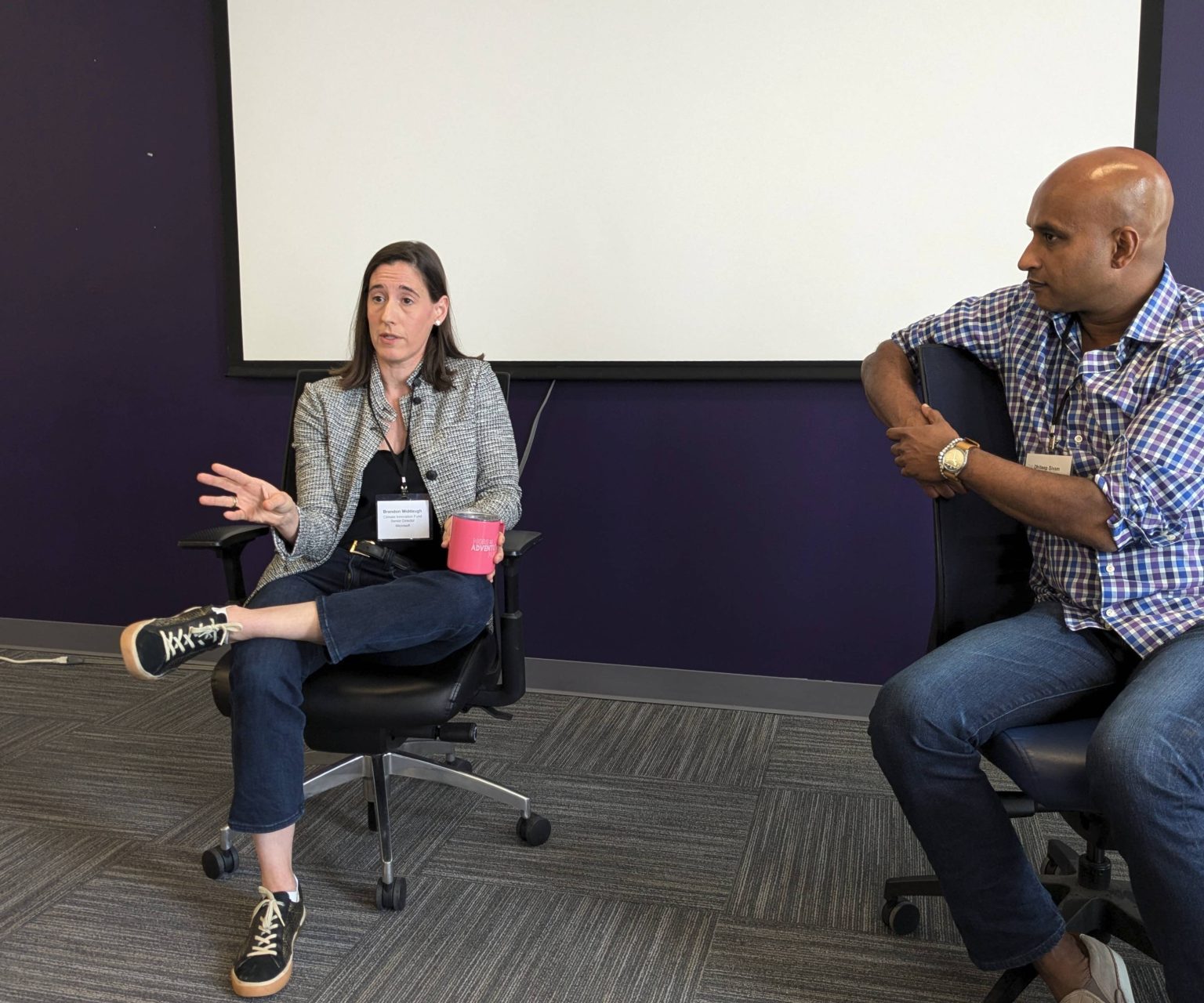Brandon Middaugh, senior director of Microsoft’s $1 billion Climate Innovation Fund, recently spoke at an event for climate innovators hosted at the University of Washington’s Clean Energy Testbeds. She discussed the impact of artificial intelligence and generative AI tools on Microsoft’s carbon footprint, which saw a 30% increase from 2020 to last year. Despite this concerning trend, Microsoft has set a goal to become carbon negative by the end of the decade, removing more carbon from the environment than it emits each year.
Middaugh outlined the strategies being implemented by Microsoft to address its climate impacts, including investments in startups developing new clean energy and climate technologies, internal policies that penalize actions generating carbon emissions, public transparency in carbon-cutting efforts, and other initiatives. However, Microsoft’s partnership with OpenAI, which released ChatGPT AI technology in 2022, has led to the construction of energy-intensive data centers that contribute to the company’s carbon footprint. Despite this, Microsoft remains committed to its climate goals and is actively working towards achieving them.
At the event in Seattle, Middaugh expressed optimism about reaching Microsoft’s climate targets for several reasons. She highlighted that early investment in AI technology is crucial and can lead to significant efficiency improvements in the future. Additionally, AI can help optimize power supply and balance source and use dynamics. AI also has the potential to generate novel materials for climate technology, leading to discoveries of new materials and composite materials that can be used for various applications such as batteries, carbon removal, and low-emission building materials.
Microsoft’s collaboration with the Department of Energy’s Pacific Northwest National Laboratory (PNNL) has already resulted in the discovery of a new material that could make batteries more efficient, showcasing the power of AI in advancing climate solutions. Middaugh emphasized the importance of research in generating innovative solutions to climate challenges, indicating a promising future for AI technologies in addressing environmental issues. Despite the challenges posed by AI’s impact on Microsoft’s carbon footprint, the company is actively working towards mitigating these effects and remains dedicated to its climate goals.
Overall, Middaugh’s presentation at the University of Washington highlighted the complexities of balancing technological advancement with environmental sustainability. Microsoft’s efforts to address its carbon footprint, while continuing to invest in AI technology, showcase the company’s commitment to leading the way in climate innovation. By focusing on the potential of AI to drive efficiency improvements and generate novel materials for climate technology, Microsoft is positioning itself as a key player in the fight against climate change.


